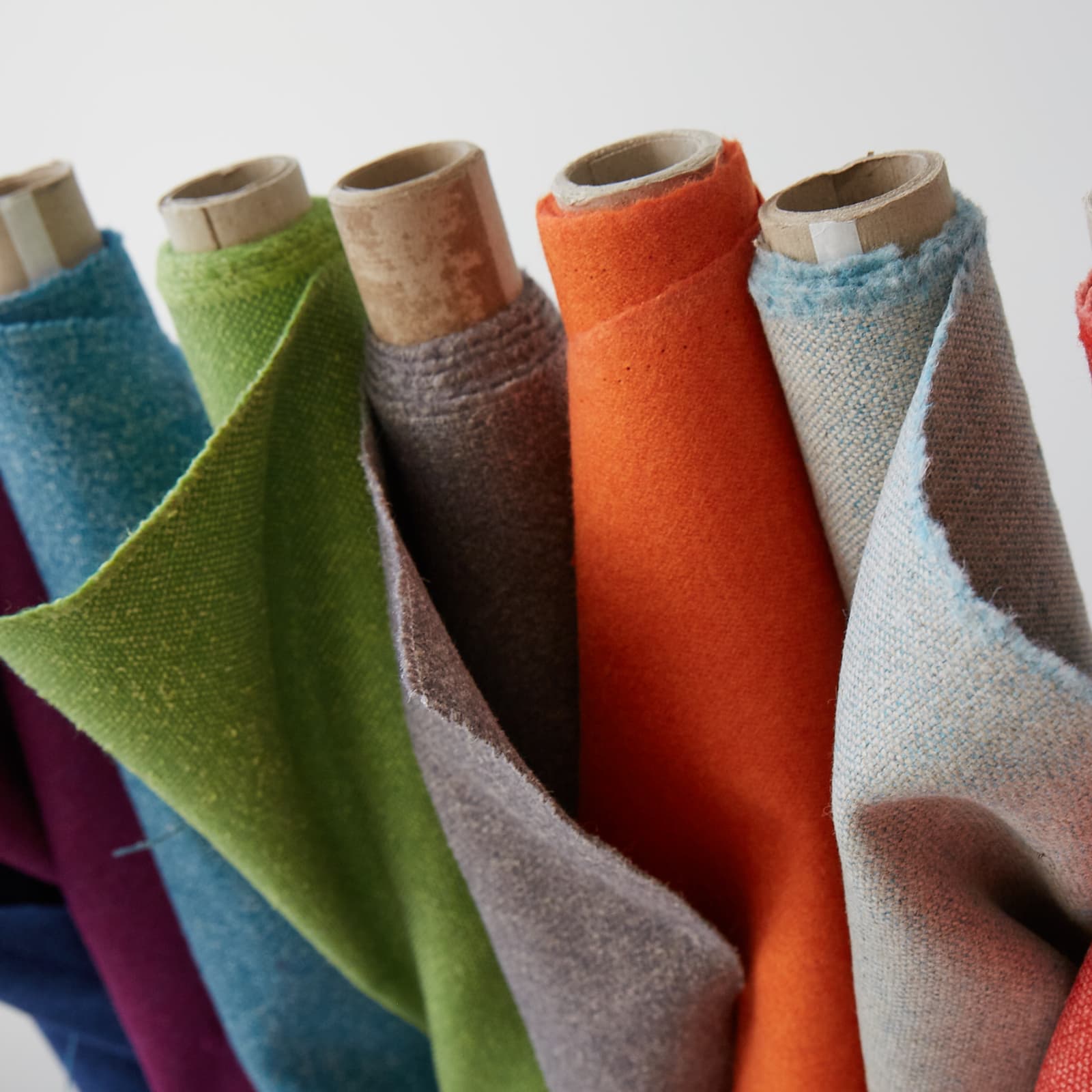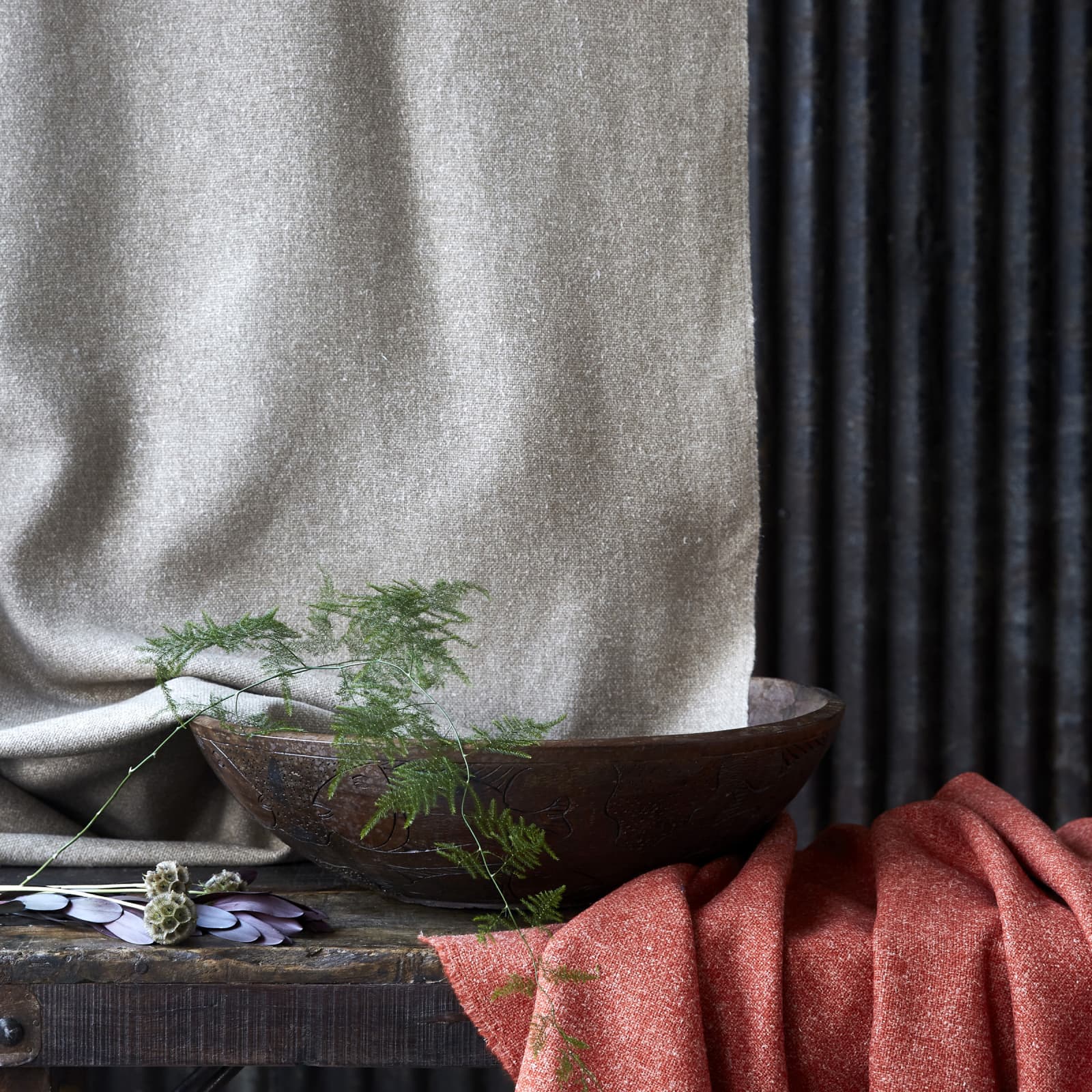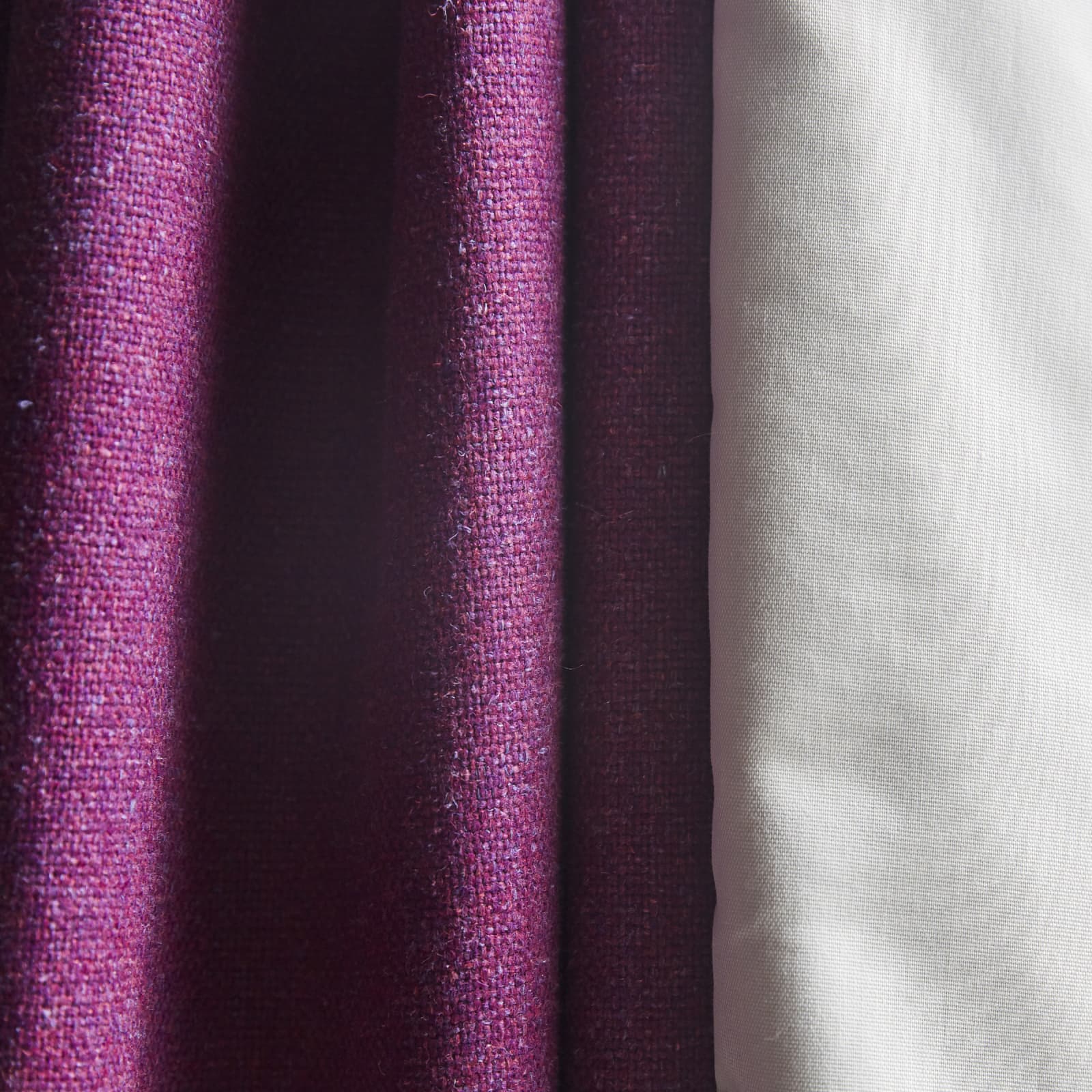
How to Choose Colours to Suit your Personality
Have you ever wondered why you’re attracted to certain colours while others leave you cold? Why your sense of wellbeing and confidence improve when you wear a particular colour and why people respond to you in a more positive way when you do?
Our homes should be an expression of our personality so if you can establish your personal colour palette and reflect it in your choice of paint, furnishings and accessories, you’ll be sure to create a happy space. One in which you feel truly content.
While we don’t pretend to do full justice to the subject of colour psychology in a single article, here’s our guide to help you discover the colours that reflect your personality.
A brief word about colour theory
To put it simply, colour is light from the sun. This light has different wavelengths like waves in an ocean; some are shorter and more frequent while others are longer and more spread out. When all the wavelengths combine together they make white light. This white light then hits objects around us and some of the wavelengths are absorbed while others are reflected. The mind-blowing fact is that it’s the wavelengths that are reflected that give an object its colour. So, a green apple isn’t green at all. Green is the colour the apple has rejected!
When light bounces off objects and enters our eyes, electrical impulses are carried by the optic nerve to the brain. These impulses influence a number of functions including our appetite, body temperature and sleep. Colour isn’t merely a visual stimulus; it has a psychological effect on us too.

What the colour psychologists say
The idea of linking colour to personality has its roots in the work of philosophers such as Hippocrates and Aristotle but it was Carl Jung who developed the thinking further. He proposed that there are essentially four personality types, each relating to a specific colour - cool blue, earth green, sunshine yellow and fiery red.
In the 1970s, the colour psychologist Angela Wright built on Jung’s work to explore how colour influences mood and behaviour. She had grown up in a hotel and noted that the guests who slept in yellow bedrooms were invariably grumpy in the morning whilst those in pink rooms were rested after a good night’s sleep.
Wright put forward the theory that not only can personality be categorised into four types but every colour, dependent on its shade, tone or tint can be categorised into four groups as well. Each personality type has a natural affinity with one colour group. And every colour will harmonize with every other colour in the same group. A home that has a harmonious colour scheme just feels ‘right’. The four colour families came to be referred to as Spring, Summer, Autumn and Winter in part because the traits of each group of colours mirrored patterns in the natural world. Angela Wright’s work provides the definitive framework for many colour psychologists today.
What season are you?
Human beings are complex creatures and to suggest that we all fall neatly into four personality types would be a disservice to our unique individuality. But colour psychologists will argue that we’re all naturally drawn to one colour group more than the others and it’s our personality that determines our preference.

Spring
The typical Spring personality is gregarious and spontaneous, warm, enthusiastic and light-hearted. Natural daylight is essential to them and they may suffer from Seasonal Affective Disorder during the winter months. They like light, natural materials in the home and furnishings and accessories with a playful quality to them. The Spring palette consists of clear, warm tones that are light, bright and full of energy. Colours such as apricot, sky blue, coral, lilac and apple green lie in this group.

Summer
The Summer personality is cool, calm and collected. They don’t seek attention and can often be thought of as shy. They like an orderly home with clean lines, graceful curves and no fussiness. They appreciate craftsmanship and understated elegance. The Summer colour palette is cool, muted and serene with subtle tones that don’t shout out. Rose pink, plum, sage and taupe are amongst the Summer colours.

Autumn
A typical Autumn personality is warm, caring and interested in other people. They have an affinity with the natural world and love lots of textural finishes in their home - exposed brick, wooden floors, linen and wool. They can be quirky and flamboyant, love displaying their treasured possessions and are maximalists at heart. The Autumn palette consists of lively warm tones with an earthy quality. They have a yellow base and a rich, fiery depth. Colours include burnt orange, teal, forest green and chocolate.

Winter
Finally, the Winter personality is bold, commanding and innovative. They are focused, self-assured and efficient. They like clean lines, clear surfaces and statement pieces in their home. They err toward minimalism and respond to shiny, glossy finishes and high contrast in colour schemes. The Winter palette is cool, often intense and dramatic. Pure white, black and icy pastels feature as well as bold magenta, royal purple and lemon yellow.
Reading these descriptions, you may identify with more than one group but there’s likely to be one that dominates. And if you’re struggling to identify yourself in any group, there are questionnaires you can complete to help you decide. Once you know your group, decorating your home becomes a whole lot easier.
Choose from your personal colour palette to create homes that bring you joy and truly reflect who you are.